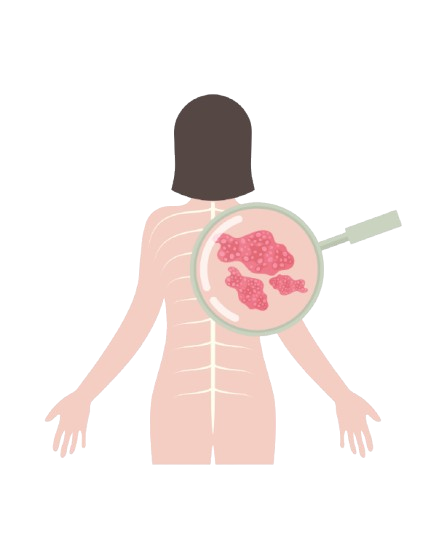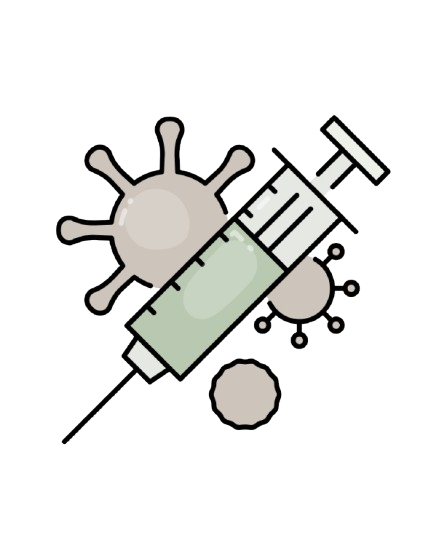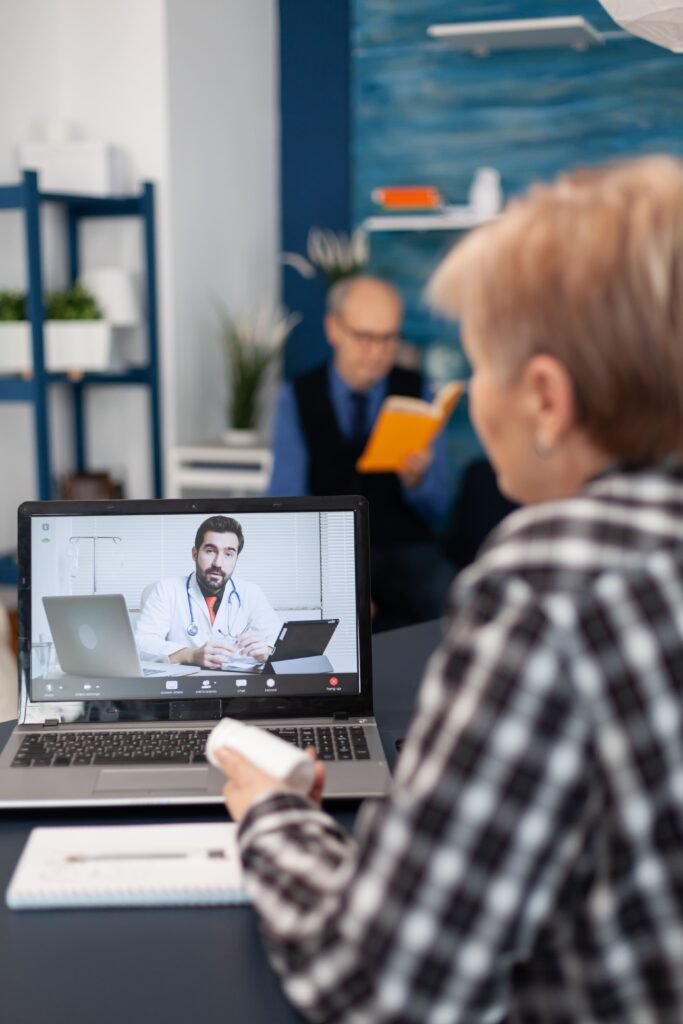FAQ
Do you take insurance?
Good Medics does not accept insurance. We believe in transparent, upfront pricing with no hidden fees, and we’ll show you the cost of your visit before you ever speak with a doctor.
When can I make an appointment?
As soon as your purchase is complete, you’ll get a link to register in the patient portal. From there, you can choose the time that works best for your schedule.
When will I see a doctor?
Most patients are seen within 24 hours. You’ll be able to schedule a telehealth visit right after registering in the portal and completing your forms.
Will I get medications if needed?
Yes. If diagnosed with shingles, your provider can prescribe antiviral medication and pain relief if appropriate.
What causes shingles?
It’s a reactivation of the chickenpox virus (varicella-zoster) due to aging, immune changes, or stress.
What are the symptoms?
Localized burning or tingling pain followed by a blistering rash. Fatigue, headache, and sensitivity to touch may also occur.
Can this be diagnosed via telehealth?
Yes. Your provider can diagnose based on history and symptoms—photos of the rash may help confirm.
Do I need testing?
Not usually. Diagnosis is typically clinical. In rare cases, a lab test may be ordered if the diagnosis is unclear.
How quickly does treatment help?
Antivirals work best when started within 72 hours. Pain relief often begins within a day or two of treatment.





